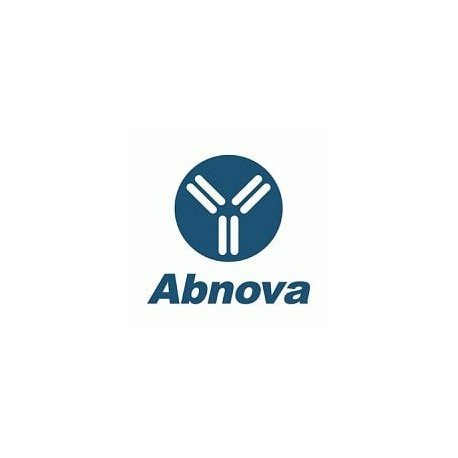Cart 0 Product Products (empty)
No products
To be determined Shipping
0,00 € Total
Prices are tax excluded
Product successfully added to your shopping cart
Quantity
Total
There are 0 items in your cart. There is 1 item in your cart.
Total products (tax excl.)
Total shipping (tax excl.) To be determined
Total (tax excl.)
Data sheet of DIAPH2 polyclonal antibody
| Brand | Abnova |
| Product type | Primary antibodies |
| Reactivity | Human,Mouse |
| Host species | Rabbit |
| Applications | IP,ELISA,WB-Ce |
More info about DIAPH2 polyclonal antibody
| Brand: | Abnova |
| Reference: | PAB10201 |
| Product name: | DIAPH2 polyclonal antibody |
| Product description: | Rabbit polyclonal antibody raised against synthetic peptide of DIAPH2. |
| Gene id: | 1730 |
| Gene name: | DIAPH2 |
| Gene alias: | DIA|DIA2|DRF2|FLJ11167|POF|POF2 |
| Gene description: | diaphanous homolog 2 (Drosophila) |
| Immunogen: | A synthetic peptide corresponding to amino acids 1085-1101 of human DIAPH2. |
| Protein accession: | O60879;NP_006720 |
| Form: | Liquid |
| Recommend dilutions: | ELISA (1:12000-1:60000) Western Blot (1:1000-1:6000) The optimal working dilution should be determined by the end user. |
| Storage buffer: | In 20 mM KH2PO4, 150 mM NaCl, pH 7.2 (0.01% sodium azide) |
| Storage instruction: | Store at 4°C. For long term storage store at -20°C. Aliquot to avoid repeated freezing and thawing. |
| Quality control testing: | Antibody Reactive Against Synthetic Peptide. |
| Note: | This product contains sodium azide: a POISONOUS AND HAZARDOUS SUBSTANCE which should be handled by trained staff only. |
| Product type: | Primary antibodies |
| Host species: | Rabbit |
| Antigen species / target species: | Human |
| Reactivity: | Human,Mouse |
| Application image: |  |
| Application image note: | Western blot using DIAPH2 polyclonal antibody (Cat # PAB10201) shows detection of a 132 KDa band corresponding to DIAPH2 in a lysate prepared from human derived HEK293 cells. Approximately 20 ug of lysate was run on a SDS-PAGE and transferred onto nitrocellulose followed by reaction with a 1:500 dilution of DIAPH2 polyclonal antibody. Detection occurred using a 1:5,000 dilution of HRP-labeled Goat anti-Rabbit IgG for 1 hour at room temperature. Achemiluminescence system was used forsignal detection using a 1 min exposure time. |
| Applications: | IP,ELISA,WB-Ce |
| Shipping condition: | Dry Ice |
| Publications: | Nonsyndromic deafness DFNA1 associated with mutation of a human homolog of the Drosophila gene diaphanous.Lynch ED, Lee MK, Morrow JE, Welcsh PL, Leon PE, King MC. Science. 1997 Nov 14;278(5341):1315-8. |


